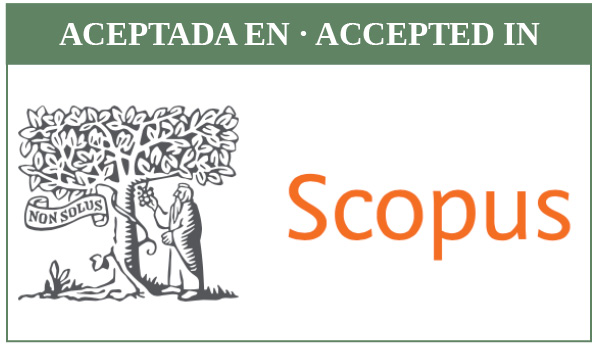Mujeres y poder en el islam. II: La Reina Libre ṣulayḥí al-Sayyida (Arwà) bint Aḥmad (440-532/1048-9-1138)
Keywords:
Al-Sayyida bint Ahmad, Arab women, 11th century, 12th centuryAbstract
Study and biography of the Free Queen al-Sayyida bint Ah mad, of the Sulayhid dynasty from Yemen. Al-Sayyida al- Hurra was an important political figure of her time and she played a special role in the history of Yemen and the Ismaelism, and above all she was the founder of the tayyibi Ismaelism, the new religious order. She didn’t stand out just as an influential ruler and Arabic and Muslim woman during the Middle Ages, but also as a historical example of feminine Muslim leadership, when the Fatimid imam al-Munstansir appointed her as as huyya of Yemen. Al-Sayyida was forerunner of great social and architectural works and her government entailed a period of splendour in the medieval Yemen.Downloads
Downloads
Published
How to Cite
Issue
Section
License
The authors publishing their work in this journal agree to the following terms and conditions:
1. The authors retain the copyright and give the journal the right to be the first publication of the work and also to be licensee under a Creative Commons Attribution License which allows others to share the work, provided the author of the work and the initial publication in this journal are acknowledged.
2. Authors may make additional agreements separately for the non-exclusive distribution of the version of the work published in the journal (for example, putting it in an institutional repository or publishing it in a book), with acknowledgement of its initial publication in this journal.
3. Authors are allowed and encouraged to electronically disseminate (for example, in institutional repositories or on their own web page) the published version of their works (publisher's post-print version) or, if not possible, the author's reviewed and accepted post-print version. This is to facilitate productive exchanges, and allow for earlier and greater citation by third parties of the published works (See The Effect of Open Access).
4. The journal accepts no responsibility for the opinions expressed by the authors.















